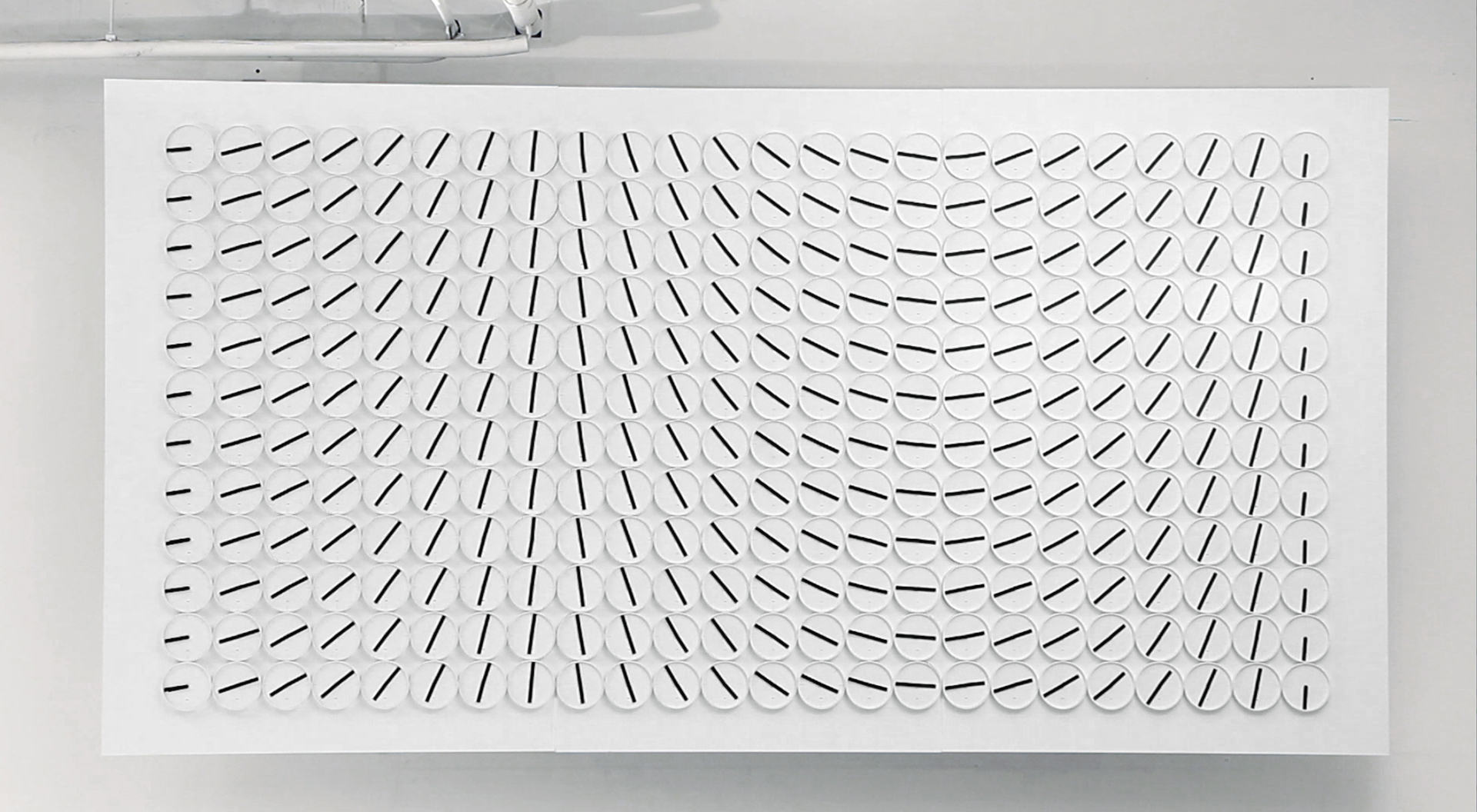More pleasant, faster, and more efficient
 A million Times 288 by Humans since 1982, kinetic installation, 3440 x 1800 x 50 mm, aluminum, and electronic components, photography: Tim Meier, 2013. The kinetic installation consists of 288 clocks that are driven individually and display different patterns, drawings, texts, and numbers.
A million Times 288 by Humans since 1982, kinetic installation, 3440 x 1800 x 50 mm, aluminum, and electronic components, photography: Tim Meier, 2013. The kinetic installation consists of 288 clocks that are driven individually and display different patterns, drawings, texts, and numbers.Three ways to get more out of waiting
By Siba Sahabi
A Dutch citizen waits an average of 15,000 hours (1.7 years) over the course of their life. In the checkout line, on the phone with an information line, at the airport, or in a hospital waiting room. The so-called ‘waiting theory’ studies these situations with an eye to making the waiting process more pleasant.
What service can a hospital offer in a waiting room besides facilitating waiting in a practical way? While the time a patient spends in a waiting room may only seem to be a minor part of his or her overall experience in the hospital and with treatment, the subjective waiting experience can have a major effect on a patient’s well-being. Below you will find a few strategies that can help minimise patients’ uncertainty and ‘psychological’ waiting time.
Surveys and forms to prepare for talks with the physician
Some hospitals have their patients in the waiting room fill in simple questionnaires about their physical and mental health status. Some patients actually find it pleasant to answer difficult or sensitive questions first on paper before having their one-on-one talk with the doctor. This helps patients put their symptoms into words and also helps the doctor prepare before meeting the patient.
Information about what the patient can expect
Many patients want to know more about their illness and about diagnostic research and/or treatments but have difficulty looking for appropriate sources of information. By using brochures, hospital magazines, and digital media, hospitals provide their patients with information about various medical issues. (Educational posters can be perceived by patients as confrontational and unpleasant.)
Waiting room managers who help orient patients
Some hospitals employ so-called ‘waiting room managers’. These employees do things like assist patients in selecting the right brochures and filling in the surveys and function as a point of contact for various questions and remarks.
 A million Times 288 by Humans since 1982, photography: Tim Meier
A million Times 288 by Humans since 1982, photography: Tim MeierThese three methods and services keep the patient busy while waiting for the doctor, making the time pass by more quickly and pleasantly. These methods can also minimise the negative feelings that some patients experience in waiting rooms, such as powerlessness and passivity. And finally, the methods also support communication between the doctor and the patient.